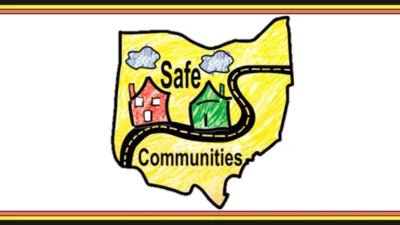Extreme heat interrupts the best of our summertime events – from family cookouts to baseball games in the park and outdoor races to raise funds for our favorite charitable organizations.
According to Tomas Sivak, FEMA Region 5 director, there are practical ways to minimize the impact of heat during the sweltering hot days of summer.
We all know that uncomfortable feeling: when we’re sweaty, tired and weak, nauseous and sometimes even faint. These are all serious effects of high heat, and they should not be ignored. But high temperatures can cause much more serious health issues – and even death, if we are not properly prepared when extreme heat is on the radar.
So, what does preparation look like? In emergency management, we often say high heat is a predictable surprise. Most of the time, weather forecasters alert us when temperatures are going to be unusually high. Don’t ignore this alert. It is a first indication that a pending threat may be heading your way. When that’s the case, there are a few things you can do to beat the heat, keep your family safe, and enjoy the activities that make summer, well – summer.
Avoid direct heat and strenuous outdoor activities if possible. When you can’t, wear lightweight clothing and keep plenty of water on hand to stay hydrated.
Know the symptoms of heat cramps, heat exhaustion, and heat stroke. It’s not uncommon to feel sick when temperatures are extremely high. Check out Ready.gov/heat to get details on the symptoms and tips on how to treat them.
Never leave pets or people in vehicles that are not running.
Check in on elderly neighbors, children, and individuals with disabilities. All communities are impacted by extreme heat but it poses a more serious threat to underserved and at-risk populations where homes are not equipped with air conditioning and where aging populations, children, and individuals with disabilities have difficulty with mobility. I recommend checking in with local officials and making a list of places that are identified as cooling centers in your community. Identify organizations that might be able to help with transportation needs during a heatwave.
When it comes to extreme heat, it’s important that communities band together to take quick action to reduce its impacts.







